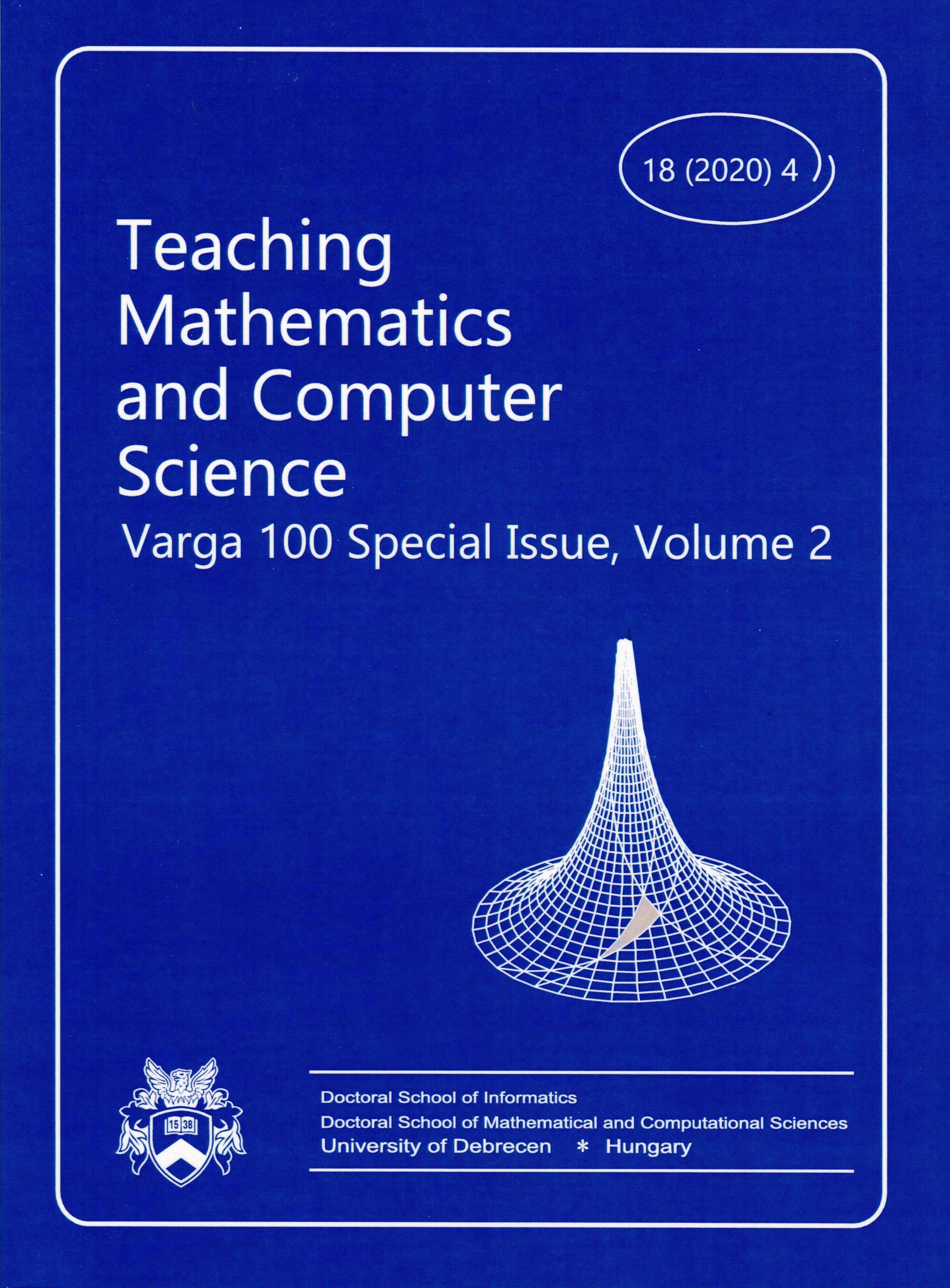The tools for developing a spatial geometric approach
Authors
View
Keywords
License
Copyright (c) 2020 Eleonóra Stettner, György Emese

This work is licensed under a Creative Commons Attribution 4.0 International License.
How To Cite
Abstract
Tamás Varga writes about the use of tools: "The rational use of tools - the colored bars, the Dienes set, the logical set, the geoboard, and some other tools - is an element of our experiment that is important for all students, but especially for disadvantaged learners." (Varga T. 1977) The range of tools that can be used well in teaching has grown significantly over the years. This paper compares spatial geometric modeling kits. Tamás Varga uses the possibilities of the Babylon building set available in Hungary in the 1970s, collects space and flat geometry problems for this (Varga T. 1973). Similarly, structured kits with significantly more options have been developed later, e.g. ZomeTool and 4D Frame. These tools are regularly used in the programs of the International Experience Workshop (http://www.elmenymuhely.-hu/?lang=en). Teachers, schools that have become familiar with the versatile possibilities of these sets, use them often in the optional and regular classes. We recorded a lesson on video where secondary students worked with the 4D Frame kit. We make some comments and offer some thoughts on this lesson.
Subject Classification: 97G40, 97D40

 https://doi.org/10.5485/TMCS.2020.0498
https://doi.org/10.5485/TMCS.2020.0498






